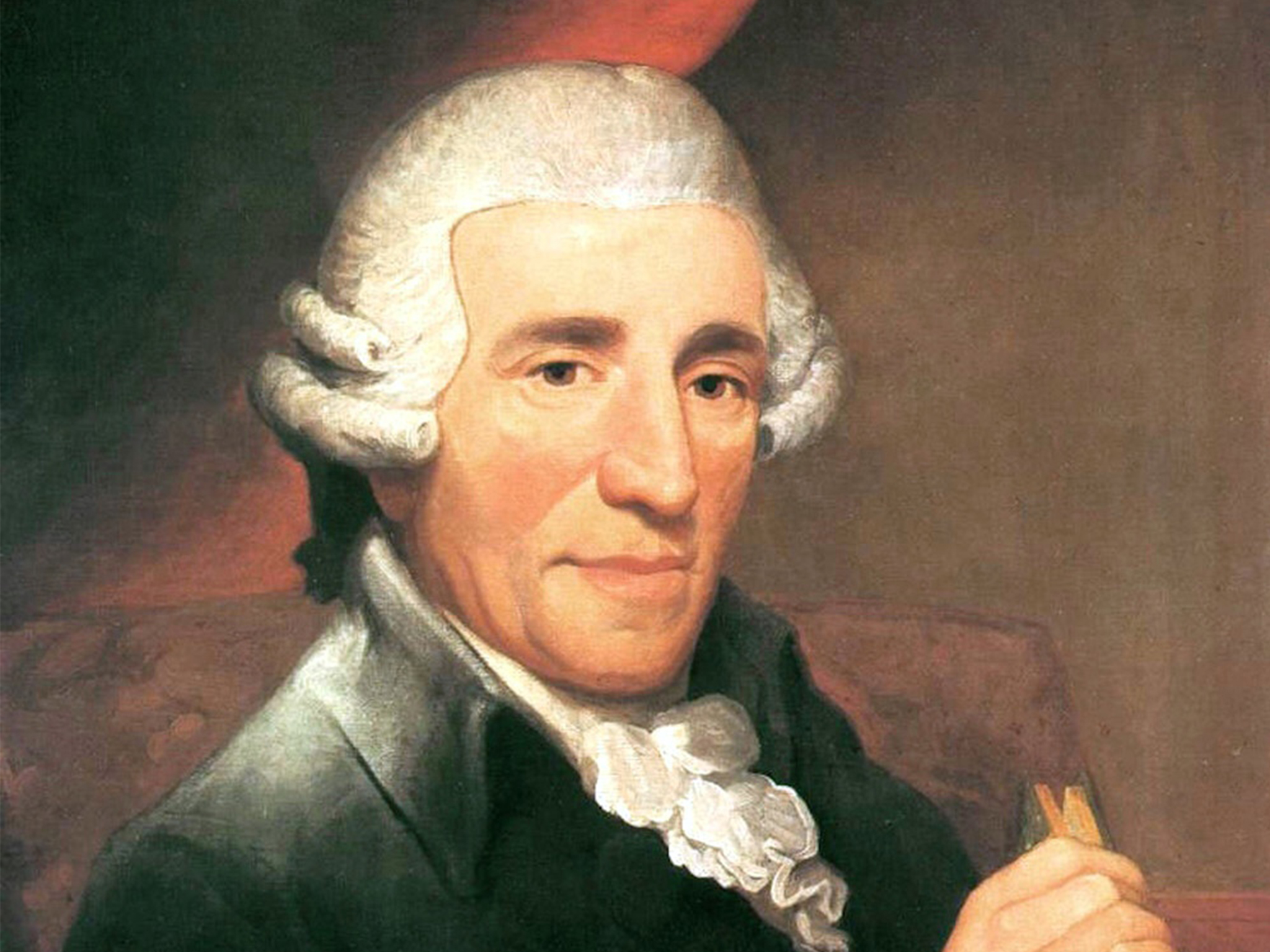Joseph Haydn’s The Seasons (Die Jahreszeiten) is one of the crowning achievements of his late compositional career. Composed between 1799 and 1801, this oratorio reflects not only the composer’s mature style but also the Enlightenment ideals of nature, reason, and humanity’s place in the world. Often viewed as a companion piece to his earlier oratorio The Creation, The Seasons offers a vivid and pastoral journey through the cycle of the year.
The Background
The genesis of The Seasons is closely tied to the immense success of The Creation, which Haydn completed in 1798. That oratorio had earned widespread acclaim across Europe, revitalizing Haydn’s reputation even in his old age. Encouraged by this, Haydn’s patron and employer, Prince Nikolaus Esterházy II, and his librettist, the Austrian diplomat and amateur musician Baron Gottfried van Swieten, urged the composer to undertake a new project.
Van Swieten adapted a long English poem titled The Seasons by Scottish poet James Thomson. The original poem was a popular reflection on the beauty and rhythms of the natural world, fitting well with the Enlightenment’s interest in nature, science, and the harmony of creation. Van Swieten shaped the poem into a German libretto suitable for musical setting, structuring it around three characters—Simon, Hanne, and Lukas—who guide the listener through each season with song and dialogue.
The Composition Process
Unlike The Creation, The Seasons was a more challenging endeavor for Haydn. At over 65 years old, the composer was beginning to feel the effects of age. He frequently complained of exhaustion and mental fatigue during the composition process. Nonetheless, his craftsmanship and imagination remained vibrant. Over the course of two years, Haydn brought to life a wide variety of musical scenes, from the thawing of winter and the freshness of spring, to the joys of the harvest and the quiet repose of winter.
The oratorio was completed in 1801 and premiered in Vienna on April 24 of that year. Though warmly received, The Seasons did not achieve quite the same level of popularity as The Creation, in part due to its more secular and pastoral tone, and also because of the somewhat unwieldy libretto. Nonetheless, the work was praised for its rich orchestration, vivid musical imagery, and joyful celebration of life.
The Structure of the Work
The Seasons is divided into four parts—Spring, Summer, Autumn, and Winter. Each section contains a combination of arias, ensembles, and choruses that reflect the mood and activity of the season it represents.
- Spring opens with the retreat of winter and the awakening of nature. Birds sing, brooks flow, and farmers prepare the soil.
- Summer brings sweltering heat, afternoon thunderstorms, and a sense of languor and anticipation, culminating in a vivid storm scene.
- Autumn celebrates the harvest with dances, wine, and hunting. It is the most festive and robust of the four sections.
- Winter quiets the mood, depicting snow-covered landscapes, evening gatherings by the hearth, and philosophical reflections on mortality and renewal.
Throughout the oratorio, Haydn makes extensive use of tone painting—musical techniques that imitate natural sounds and scenes. This includes bird calls, buzzing insects, a thunderstorm, and even the plodding of a drunken man in autumn.
The Legacy of The Seasons
Although it has never quite eclipsed The Creation in popularity, The Seasons stands as a remarkable testament to Haydn’s genius. It represents one of the earliest large-scale musical works to depict the cyclical passage of time through nature. In doing so, it anticipates the Romantic era’s fascination with the natural world and paves the way for later pastoral works by composers such as Beethoven and Schubert.
Today, The Seasons is recognized not only for its musical brilliance but also for its cultural significance. It is a celebration of nature, humanity, and the eternal rhythms of life—delivered with warmth, humor, and a deep reverence for the world we inhabit.


Comments are closed